Home>Garden Essentials>What Is The Role Of Leguminous Plants In Crop Rotation
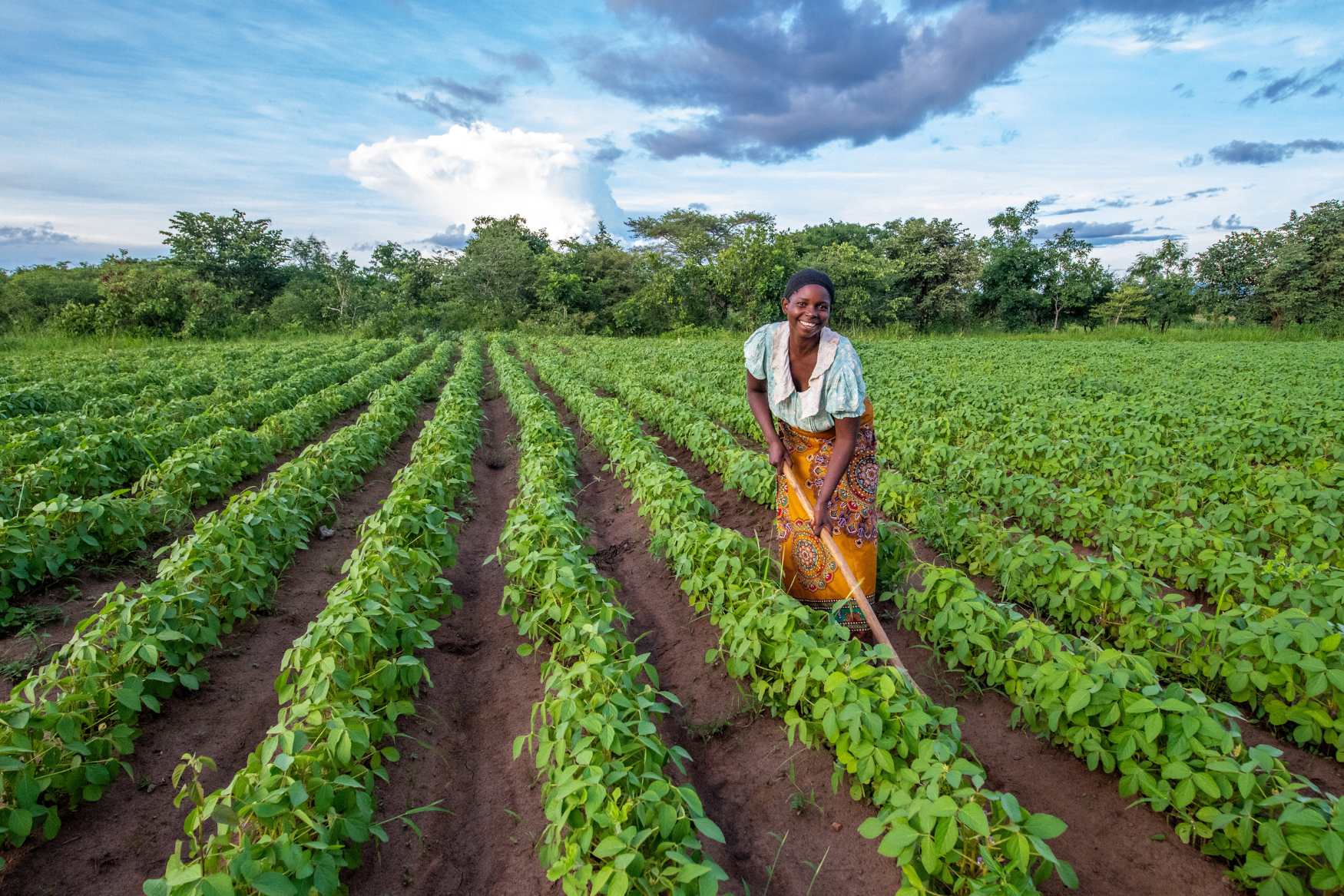

Garden Essentials
What Is The Role Of Leguminous Plants In Crop Rotation
Modified: March 16, 2024
Discover the crucial role of leguminous plants in garden crop rotation. Enhance soil fertility, fix nitrogen naturally, and boost yields with this sustainable gardening practice.
(Many of the links in this article redirect to a specific reviewed product. Your purchase of these products through affiliate links helps to generate commission for Storables.com, at no extra cost. Learn more)
Introduction
Crop rotation is an age-old agricultural practice that involves systematically changing the crops grown on a piece of land in consecutive seasons. This practice helps optimize soil health, improve crop yields, and reduce the risk of pests and diseases.
One essential component of crop rotation is the inclusion of leguminous plants in the rotation cycle. Leguminous plants, also known as legumes, are a diverse group of plants that belong to the Fabaceae family. These plants have a unique characteristic – they are capable of fixing atmospheric nitrogen into a form that can be used by other plants.
In this article, we will delve into the role of leguminous plants in crop rotation and the benefits they offer to sustainable agriculture.
Key Takeaways:
- Leguminous plants like peas and clover help farmers by naturally enriching the soil with essential nutrients, reducing the need for harmful chemicals, and promoting healthy and productive crops.
- By including leguminous plants in crop rotations, farmers can create a diverse and balanced ecosystem that supports natural pest control, reduces weed growth, and attracts beneficial insects, contributing to sustainable agriculture.
Definition of Leguminous Plants
Leguminous plants, or legumes, are a large and diverse family of plants that belong to the Fabaceae family. They encompass a wide range of plants including peas, beans, lentils, soybeans, chickpeas, alfalfa, clover, and many others. What sets legumes apart from other plant families is their unique ability to form symbiotic relationships with nitrogen-fixing bacteria called rhizobia.
This symbiotic relationship allows leguminous plants to convert or “fix” atmospheric nitrogen into a form that is usable by other plants. This is made possible by the presence of specialized structures called root nodules, where the rhizobia reside. Inside these nodules, the rhizobia convert nitrogen gas from the air into ammonia, which is then converted into nitrate for plant uptake. The ability of leguminous plants to fix atmospheric nitrogen provides them with a significant advantage and makes them valuable components of crop rotations.
Furthermore, leguminous plants have unique root structures called “taproots” or “deep-seated roots.” These roots penetrate deep into the soil, helping to improve soil structure and water infiltration. They also have the ability to scavenge nutrients from the soil and enhance nutrient cycling. Overall, leguminous plants are considered an important group of crops due to their ability to enrich soil fertility and contribute to sustainable agriculture.
Benefits of Crop Rotation
Crop rotation is a widely practiced agricultural technique that brings several benefits to farmers and the environment. By alternating different crops in a planned sequence, crop rotation offers the following advantages:
- Reduces Pest and Disease Pressure: One of the key benefits of crop rotation is the suppression of pests and diseases. By changing the crops grown in a particular field, it disrupts the life cycle of pests and pathogens that are specific to certain crops. This reduces the need for chemical pesticides and promotes natural pest control.
- Improves Soil Health: Crop rotation helps maintain and improve soil health by reducing soil erosion, improving soil structure, and enhancing nutrient cycling. Different crops have different nutrient requirements, and rotating crops helps prevent nutrient depletion and promotes the accumulation of organic matter in the soil.
- Enhances Crop Yields: Crop rotation can lead to improved crop yields. By replenishing soil nutrients and reducing pest and disease pressure, plants grown in a rotated system are often healthier and more productive. This can result in increased yields and economic benefits for farmers.
- Supports Biodiversity: Rotating crops helps support biodiversity by promoting a more diverse range of habitats for beneficial organisms such as insects, birds, and soil microorganisms. This, in turn, enhances ecosystem resilience and provides natural pest control services.
- Minimizes Weed Growth: Crop rotation can suppress weed growth as different crops have different weed pressure. By rotating crops, farmers can disrupt the life cycles of weeds and reduce the need for herbicides.
Overall, crop rotation is an effective and sustainable agricultural practice that brings numerous benefits to both farmers and the environment. By implementing thoughtful crop rotation strategies, farmers can optimize yields, improve soil health, reduce reliance on pesticides, and support ecosystem resilience.
Role of Leguminous Plants in Crop Rotation
Leguminous plants play a crucial role in crop rotation due to their unique ability to fix atmospheric nitrogen and provide numerous benefits to the soil and subsequent crops. Let’s explore the key roles of leguminous plants in crop rotation:
- Nitrogen Fixation: One of the biggest contributions of leguminous plants is their ability to fix atmospheric nitrogen. Through a symbiotic relationship with nitrogen-fixing bacteria, leguminous plants convert nitrogen gas from the air into a form that can be used by other crops. This enriches the soil with nitrogen, a vital nutrient for plant growth, reducing the need for synthetic nitrogen fertilizers and helping to maintain soil fertility.
- Improving Soil Fertility: Leguminous plants have deep-rooted systems that reach down into the soil, accessing nutrients that may be unavailable to shallow-rooted crops. These deep roots also help break up compacted soil, improving soil structure and increasing its ability to hold water. As leguminous plants incorporate organic matter into the soil through the decomposition of their leaves and roots, they enhance soil fertility and improve overall soil health.
- Weed Suppression: Leguminous cover crops have the ability to suppress weed growth through competition for resources such as light, water, and nutrients. Their dense foliage shades the ground, making it difficult for weed seeds to germinate. Additionally, certain leguminous plants, such as hairy vetch and crimson clover, release allelopathic compounds that inhibit weed growth.
- Pest and Disease Control: Some leguminous plants contain compounds that have natural pest and disease resistance properties. For example, certain legumes produce saponins, which act as a natural insecticide. Additionally, the presence of leguminous cover crops disrupts the life cycles of pests and pathogens, reducing their populations and the risk of crop damage in subsequent seasons.
- Enhancing Biodiversity: Leguminous plants attract a wide range of beneficial insects, such as bees, butterflies, and predatory insects, which contribute to pollination and natural pest control. The presence of leguminous crops in a rotation system supports a more diverse ecosystem, enhancing beneficial insect populations and promoting overall biodiversity.
Incorporating leguminous plants into crop rotation systems is a sustainable and effective method for improving soil fertility, reducing input costs, and promoting ecological balance. The ability of leguminous plants to fix atmospheric nitrogen and provide various other benefits makes them an invaluable component of a successful crop rotation strategy.
Nitrogen Fixation
Nitrogen is an essential nutrient for plant growth and development. However, atmospheric nitrogen (N2) is in a form that cannot be directly utilized by most plants. This is where leguminous plants, with their unique ability to fix nitrogen, play a significant role in crop rotation systems.
Nitrogen fixation is the process by which leguminous plants convert atmospheric nitrogen into a form that can be used by themselves and other surrounding plants. This process is made possible through the symbiotic relationship between leguminous plants and nitrogen-fixing bacteria called rhizobia.
Leguminous plants have specialized structures on their roots called root nodules. Inside these nodules, rhizobia bacteria colonize and establish a mutually beneficial relationship. The rhizobia provide the legume plants with the ability to fix nitrogen, while the plants provide the bacteria with carbohydrates as a source of energy.
During nitrogen fixation, the rhizobia convert atmospheric nitrogen gas (N2) into ammonium (NH4+) through the enzyme nitrogenase. This ammonium is then converted into nitrate (NO3-) by the plant, which can be used to synthesize amino acids, proteins, and other nitrogen-containing compounds essential for plant growth.
The ability of leguminous plants to fix atmospheric nitrogen has several benefits within crop rotation systems:
- Nitrogen Source: Leguminous crops act as a natural source of nitrogen for subsequent crops. When the legume crop is harvested or terminated and its tissues decompose, the fixed nitrogen is released into the soil, enriching it with a nutrient that is essential for plant growth.
- Reduced Fertilizer Inputs: By incorporating leguminous crops into a rotation system, farmers can minimize their reliance on synthetic nitrogen fertilizers. This not only reduces input costs but also helps mitigate the negative environmental impacts associated with excessive fertilizer use, such as nitrogen runoff and water pollution.
- Improved Soil Fertility: Nitrogen fixation by leguminous plants helps increase soil fertility. As the fixed nitrogen is released into the soil, it becomes available for other crops to utilize, promoting healthy and vigorous plant growth. Additionally, leguminous plants contribute organic matter to the soil through their biomass, further enhancing soil fertility and structure.
- Sustainable Agriculture: Nitrogen fixation by leguminous plants is a natural and sustainable process that reduces the need for external inputs. It allows farmers to maintain soil fertility and promote long-term sustainability in agricultural practices while reducing their dependence on synthetic fertilizers.
Overall, nitrogen fixation by leguminous plants is a vital mechanism in crop rotation systems. It provides a sustainable source of nitrogen, improves soil fertility, reduces reliance on synthetic fertilizers, and contributes to the overall health and productivity of the agricultural ecosystem.
Read more: Crop Rotation: What To Plant After Carrots
Improving Soil Fertility
Leguminous plants, with their unique characteristics and biological processes, play a crucial role in improving soil fertility within crop rotation systems. Let’s explore how leguminous plants contribute to enhancing soil fertility:
Nitrogen Fixation: As mentioned earlier, leguminous plants have the remarkable ability to fix nitrogen from the atmosphere through their symbiotic relationship with nitrogen-fixing bacteria. By converting atmospheric nitrogen into a form that can be utilized by plants, leguminous crops enrich the soil with this essential nutrient. Nitrogen is a primary component of proteins, enzymes, chlorophyll, and DNA, critical for the growth and development of plants.
Increased Organic Matter: Leguminous plants have a higher biomass production compared to many other crops. When leguminous crops are grown and incorporated into the soil, they contribute significant amounts of organic matter through their leaves, stems, and roots. This organic matter improves soil structure, water-holding capacity, and nutrient retention. It also acts as a source of nutrients for soil microorganisms, promoting a thriving soil ecosystem.
Nutrient Cycling: Leguminous plants have a deep root system that can access nutrients from lower soil layers. They scavenge minerals such as phosphorus, potassium, and micronutrients, which might be less available to shallow-rooted crops. As leguminous plants accumulate these nutrients in their tissues, they contribute to nutrient cycling in the soil. When the crops are terminated or harvested, the nutrients are released back into the soil through decomposition, becoming available for subsequent crops.
Improved Soil Structure: The deep-rooted nature of leguminous plants helps break up compacted soil and improve soil structure. Their taproots penetrate deep into the soil profile, creating channels for water infiltration and allowing air movement. This improves soil aeration, drainage, and the ability of plant roots to access nutrients and water. The enhanced soil structure also reduces erosion and compaction, providing a favorable environment for crops to grow.
Increased Biological Activity: Leguminous crops promote the growth and activity of beneficial soil organisms due to the high organic matter content they contribute. These organisms include earthworms, beneficial bacteria, fungi, and other microorganisms, which play a vital role in decomposing organic matter, cycling nutrients, improving soil structure, and suppressing plant diseases.
Reduced Soil Erosion: The incorporation of leguminous plants in a crop rotation system helps reduce soil erosion. Their extensive root systems bind the soil particles together, preventing erosion caused by wind and water. Furthermore, the dense canopy of leguminous crops protects the soil surface from raindrop impact and reduces water runoff, allowing more water to infiltrate into the soil.
By considering the role of leguminous plants in improving soil fertility, farmers can harness their benefits to maintain and enhance the long-term productivity and sustainability of their agricultural systems. The incorporation of leguminous crops in rotations provides a natural and effective means of improving soil fertility while reducing the need for synthetic fertilizers and supporting a healthy and balanced agroecosystem.
Leguminous plants play a crucial role in crop rotation by fixing nitrogen in the soil, which helps to improve soil fertility and reduce the need for synthetic fertilizers. This can lead to healthier and more productive crops in the long run.
Weed Suppression
Weeds are one of the biggest challenges faced by farmers in crop production. They compete with crops for sunlight, water, and nutrients, and can significantly reduce yields if left unchecked. However, incorporating leguminous plants into crop rotation systems can help suppress weed growth and mitigate the negative impacts of weeds. Here’s how leguminous plants contribute to weed suppression:
Competition for Resources: Leguminous cover crops actively compete with weeds for essential resources such as sunlight, water, and nutrients. Their rapid growth and dense foliage create a canopy that shades the ground, limiting the amount of light available to weed seeds. This reduces the germination and growth of weeds, giving crops a competitive advantage.
Allelopathic Effects: Some leguminous plants, such as hairy vetch (Vicia villosa) and crimson clover (Trifolium incarnatum), possess allelopathic properties. They release natural chemicals known as allelochemicals into the soil or surrounding environment, which can inhibit the growth of certain weed species. These allelochemicals act as natural herbicides, suppressing weed germination and growth.
Nutrient Competition: Leguminous cover crops have a fibrous and extensive root system that accesses nutrients from deeper soil layers. They can compete with weed roots for nutrients, limiting the availability of resources for weed growth. Additionally, when leguminous plants are terminated and incorporated into the soil, they release nutrients that become available to subsequent crops, further promoting the growth of desired plants over weeds.
Soil Moisture Management: Leguminous cover crops help conserve soil moisture by reducing the evaporation of water from the soil surface. Their dense canopy acts as a barrier, reducing the exposure of the soil to direct sunlight and wind. This helps maintain adequate soil moisture levels for the desired crops, making it more challenging for weed seeds to germinate and establish.
Disruption of Weed Life Cycles: By incorporating leguminous plants into crop rotations, the life cycles of weeds can be disrupted. Different crops have different growth habits and nutrient requirements, which can affect weed populations. For example, a leguminous crop followed by a crop with dense growth or vigorous root development can reduce weed establishment and growth, preventing them from setting seeds or completing their life cycles.
Utilizing leguminous plants for weed suppression in crop rotation systems can reduce the reliance on synthetic herbicides, minimize weed competition, and promote more sustainable and environmentally-friendly agriculture. By strategically incorporating leguminous cover crops, farmers can effectively manage weed pressure and maintain the productivity and health of their crops.
Pest and Disease Control
Pests and diseases can wreak havoc on crops, leading to significant yield losses and economic damage. However, incorporating leguminous plants into crop rotation systems can contribute to effective pest and disease control. Let’s explore how leguminous plants play a role in managing pests and diseases:
Natural Pest Resistance: Some leguminous plants possess natural resistance or tolerance to certain pests and diseases. For example, soybeans have innate resistance to soybean cyst nematodes, while chickpeas have some resistance to soilborne fungal diseases. By including leguminous plants in rotations, farmers can harness these natural resistance traits to reduce the impact of specific pests and diseases on subsequent crops.
Pest Disruption: Incorporating leguminous cover crops disrupts the life cycles of many pests. Different pests have specific host preferences, and by altering the crop types in rotation, their reproductive cycles can be interrupted. This reduces pest populations and lowers the risk of infestations in subsequent crops. Additionally, leguminous cover crops can act as “trap crops,” attracting and trapping pests, diverting them away from the main cash crops.
Disease Suppression: Leguminous plants can help suppress certain soilborne diseases. They exude organic compounds and root exudates that have antimicrobial properties, inhibiting the growth and development of pathogenic microorganisms. This reduces the incidence and severity of soilborne diseases in subsequent crops. Additionally, the incorporation of leguminous cover crops into the soil increases organic matter, promotes beneficial microorganisms, and improves soil health, creating an environment that is less favorable for disease pathogens.
Enhanced Biological Control: Leguminous plants attract beneficial insects, such as predacious beetles, parasitic wasps, and beneficial nematodes, which help control pest populations. These natural enemies act as biological control agents, preying on pests and keeping their populations in check. By supporting a diverse array of beneficial organisms, leguminous plants indirectly contribute to natural pest control within the agricultural ecosystem.
Reduced Reliance on Pesticides: The incorporation of leguminous plants in rotations can help reduce the reliance on synthetic pesticides. By implementing biological control measures and promoting a more balanced ecosystem, the need for chemical interventions may be minimized. This not only reduces environmental pollution but also contributes to the overall sustainability of the farming system.
By including leguminous plants in crop rotation systems, farmers can effectively manage pests and diseases while promoting sustainable agricultural practices. The diverse benefits provided by leguminous plants, such as natural pest resistance, disruption of pest and disease life cycles, disease suppression, and support for biological control agents, contribute to a healthier and more resilient agroecosystem.
Enhancing Biodiversity
Biodiversity is vital for the health and resilience of agricultural ecosystems. Incorporating leguminous plants into crop rotation systems has the potential to enhance biodiversity and promote a more balanced and sustainable agricultural landscape. Here’s how leguminous plants contribute to enhancing biodiversity:
Providing Habitat: Leguminous plants offer a valuable habitat for a wide range of beneficial organisms. The vibrant flowers and nectar-rich blossoms of legumes attract pollinators such as bees, butterflies, and other insects. These pollinators play a crucial role in the reproduction of plants and the production of fruits and seeds. By providing a habitat and food source for pollinators, leguminous plants support their populations and contribute to crop pollination.
Supporting Beneficial Insects: Leguminous cover crops also attract and support beneficial insects that act as natural enemies of pests. Predatory insects, such as ladybugs, lacewings, and parasitic wasps, feed on pests and help control their populations. By including leguminous plants in crop rotations, farmers can create a more diverse and welcoming environment for these beneficial insects, fostering natural pest control.
Enhancing Soil Microbial Communities: Leguminous plants contribute to the diversity and activity of soil microorganisms. The root exudates, organic residues, and nitrogen-fixing bacteria associated with leguminous plants create a rich and diverse soil microbiome. These microorganisms play a crucial role in nutrient cycling, soil fertility, and disease suppression. The presence of leguminous crops promotes a thriving microbial community, enhancing soil health and overall ecosystem resilience.
Promoting Wildlife Diversity: Leguminous plants provide food and shelter for a variety of wildlife species. The seeds, flowers, and nectar produced by legumes attract a range of birds and small mammals, creating a more diverse and balanced ecological community. By incorporating leguminous crops into crop rotations, farmers create opportunities for wildlife habitat and contribute to the conservation of biodiversity in agricultural landscapes.
Conserving Native and Wild Plant Species: In addition to cultivated leguminous crops, it is important to consider the conservation and use of native and wild leguminous species. Many wild leguminous plants are important forage sources for wildlife and have unique ecological functions. Inclusion of these native legumes in restoration projects or natural areas within agricultural landscapes can aid in the conservation of plant diversity and contribute to a more resilient ecosystem.
By incorporating leguminous plants into crop rotation systems, farmers can enhance biodiversity and promote a healthier and more sustainable agricultural ecosystem. The presence of leguminous crops attracts pollinators, beneficial insects, and wildlife, while supporting soil microbial communities. The conservation of native leguminous species further contributes to biodiversity conservation. Together, these efforts lead to a more balanced and resilient agricultural landscape.
Read more: Crop Rotation: What To Plant After Tomatoes
Examples of Leguminous Plants Used in Crop Rotation
There are numerous leguminous plants that can be used in crop rotation systems to provide the benefits of nitrogen fixation, improved soil fertility, weed suppression, pest control, and biodiversity enhancement. Here are some examples of leguminous plants commonly used in crop rotations:
- Clover: Clover, including white clover (Trifolium repens) and crimson clover (Trifolium incarnatum), is a popular choice for cover cropping. It is known for its ability to fix nitrogen, enhance soil fertility, and suppress weeds. Clover is frequently used in rotations with cereals, such as wheat and corn, as well as in pasture systems.
- Alfalfa: Alfalfa (Medicago sativa) is a perennial legume that has deep root systems and high nitrogen-fixing capabilities. It is often used in crop rotations due to its ability to improve soil structure, provide high-quality forage, and enhance soil fertility. Additionally, alfalfa is known for its tolerance to drought and its ability to attract beneficial insects.
- Soybeans: Soybeans (Glycine max) are a widely cultivated leguminous crop known for their nitrogen-fixing abilities. They are commonly grown as a rotation crop with cereal crops such as corn, wheat, and barley. Soybeans contribute to soil fertility, break pest and disease cycles, and provide a valuable source of protein in the form of soybean meal.
- Peas: Peas (Pisum sativum) are cool-season legumes that are often used in crop rotations. They fix nitrogen, improve soil fertility, and help break down soil compaction. Peas are primarily grown for human consumption and are also used as a forage crop for livestock.
- Vetch: Vetch is a diverse group of leguminous plants that includes hairy vetch (Vicia villosa) and common vetch (Vicia sativa). These cover crops have extensive root systems, fix nitrogen, suppress weeds, and provide ground cover. They are commonly used in crop rotations with cereals, vegetables, and orchard crops.
- Cowpeas: Cowpeas (Vigna unguiculata) are warm-season legumes that thrive in hot and dry conditions. They are valued for their ability to fix nitrogen, improve soil fertility, and suppress weeds. Cowpeas are often used in rotations with corn, sorghum, and cotton, among other crops.
- Lentils: Lentils (Lens culinaris) are small, cool-season legumes. They are known for their nitrogen-fixing abilities, disease resistance, and short growing season. Lentils are commonly rotated with cereals, such as wheat and barley, and can contribute to soil health and fertility.
These are just a few examples of leguminous plants commonly used in crop rotation systems. The specific legume crops chosen for a rotation will depend on factors such as climate, soil conditions, crop rotation goals, and market demand. By strategically incorporating leguminous plants into crop rotations, farmers can improve soil health, reduce input costs, and promote sustainable agricultural practices.
Conclusion
Incorporating leguminous plants into crop rotation systems plays a vital role in sustainable agriculture by providing numerous benefits. Leguminous plants are unique in their ability to fix atmospheric nitrogen, improve soil fertility, suppress weeds, control pests and diseases, and enhance biodiversity. The diverse range of leguminous crops available allows farmers to choose the most suitable options for their specific climatic and soil conditions.
Leguminous plants, through nitrogen fixation, provide a natural source of nitrogen for subsequent crops, reducing the reliance on synthetic fertilizers and minimizing environmental impacts. They improve soil fertility by increasing organic matter, enhancing nutrient cycling, and improving soil structure. Leguminous cover crops also suppress weed growth, reducing the need for herbicides and creating a more competitive environment for desired crops.
Furthermore, leguminous plants contribute to pest and disease control by disrupting pest life cycles, supporting beneficial insects, and releasing natural compounds that inhibit the growth of pathogens. The presence of leguminous crops enhances biodiversity by providing habitat and food sources for pollinators, beneficial insects, and wildlife. By creating diverse ecosystems, leguminous plants contribute to the overall resilience and balance of agricultural landscapes.
Examples of leguminous plants commonly used in crop rotations include clover, alfalfa, soybeans, peas, vetch, cowpeas, and lentils. These plants offer different characteristics and benefits and can be selected based on specific rotation goals and local conditions.
In conclusion, incorporating leguminous plants into crop rotation systems is a sustainable agricultural practice that improves soil health, reduces reliance on external inputs, and promotes a more balanced and resilient farming system. By harnessing the unique abilities of leguminous plants, farmers can enhance soil fertility, suppress weeds, manage pests and diseases, and support biodiversity while fostering long-term agricultural sustainability.
Frequently Asked Questions about What Is The Role Of Leguminous Plants In Crop Rotation
Was this page helpful?
At Storables.com, we guarantee accurate and reliable information. Our content, validated by Expert Board Contributors, is crafted following stringent Editorial Policies. We're committed to providing you with well-researched, expert-backed insights for all your informational needs.

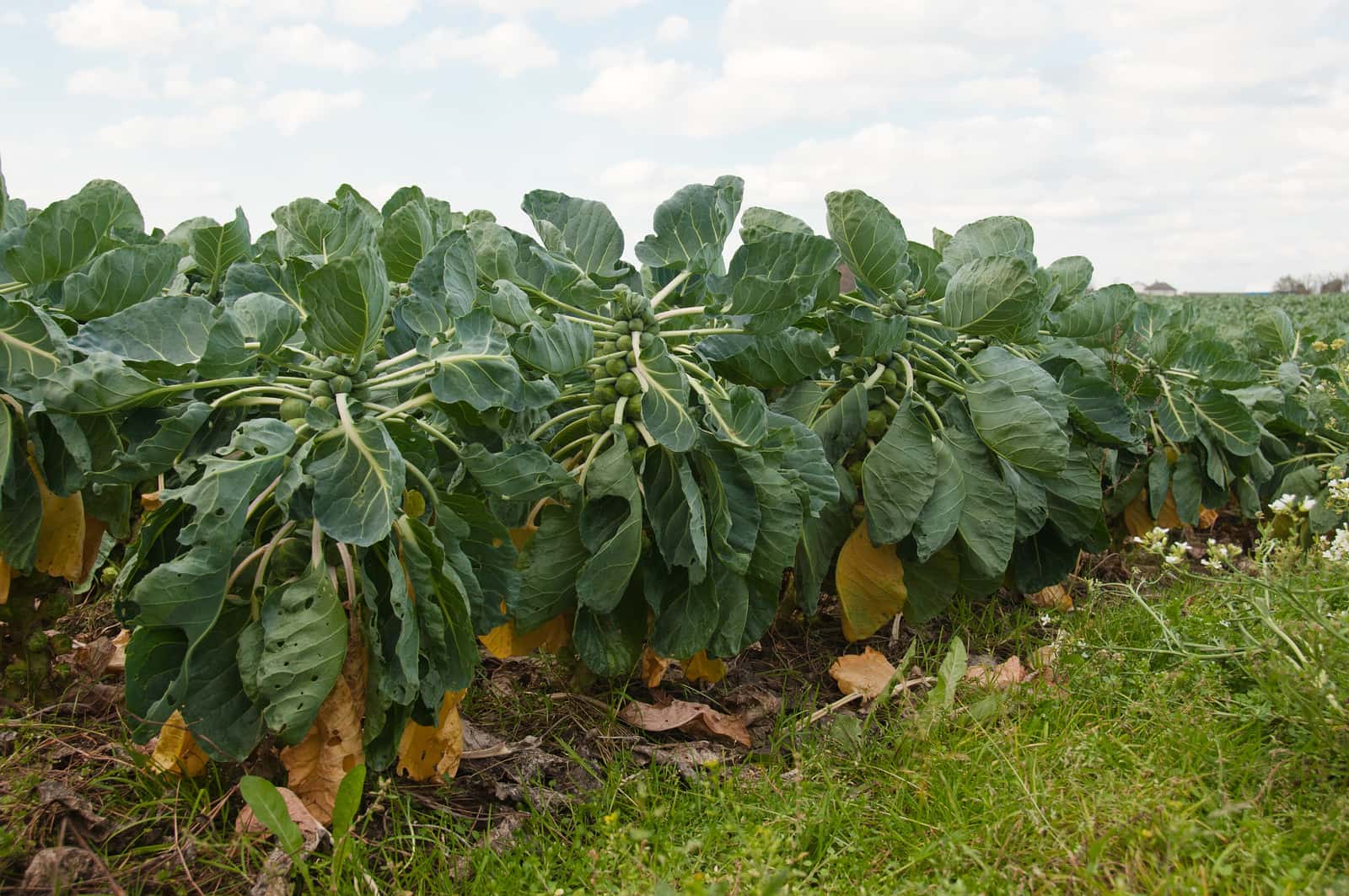
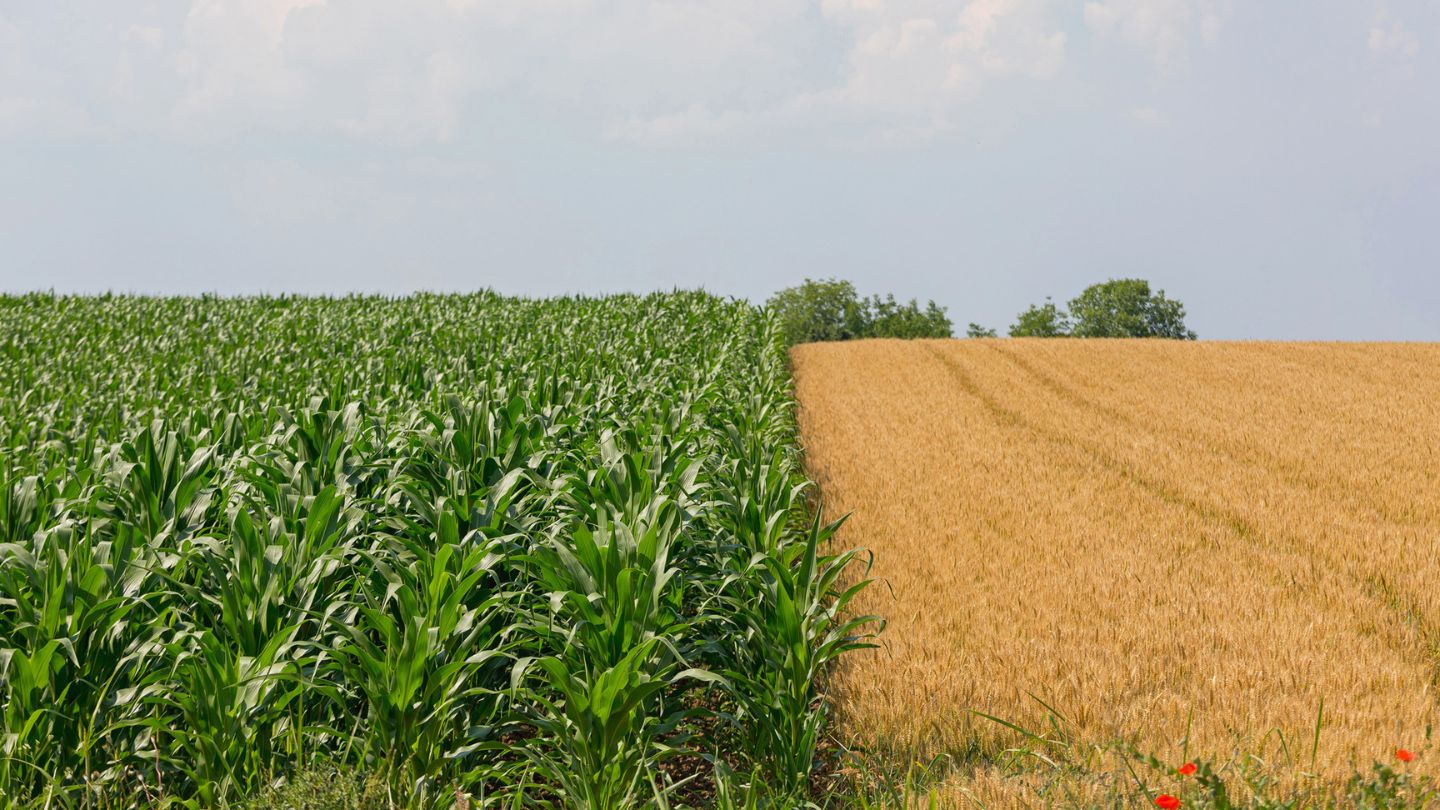




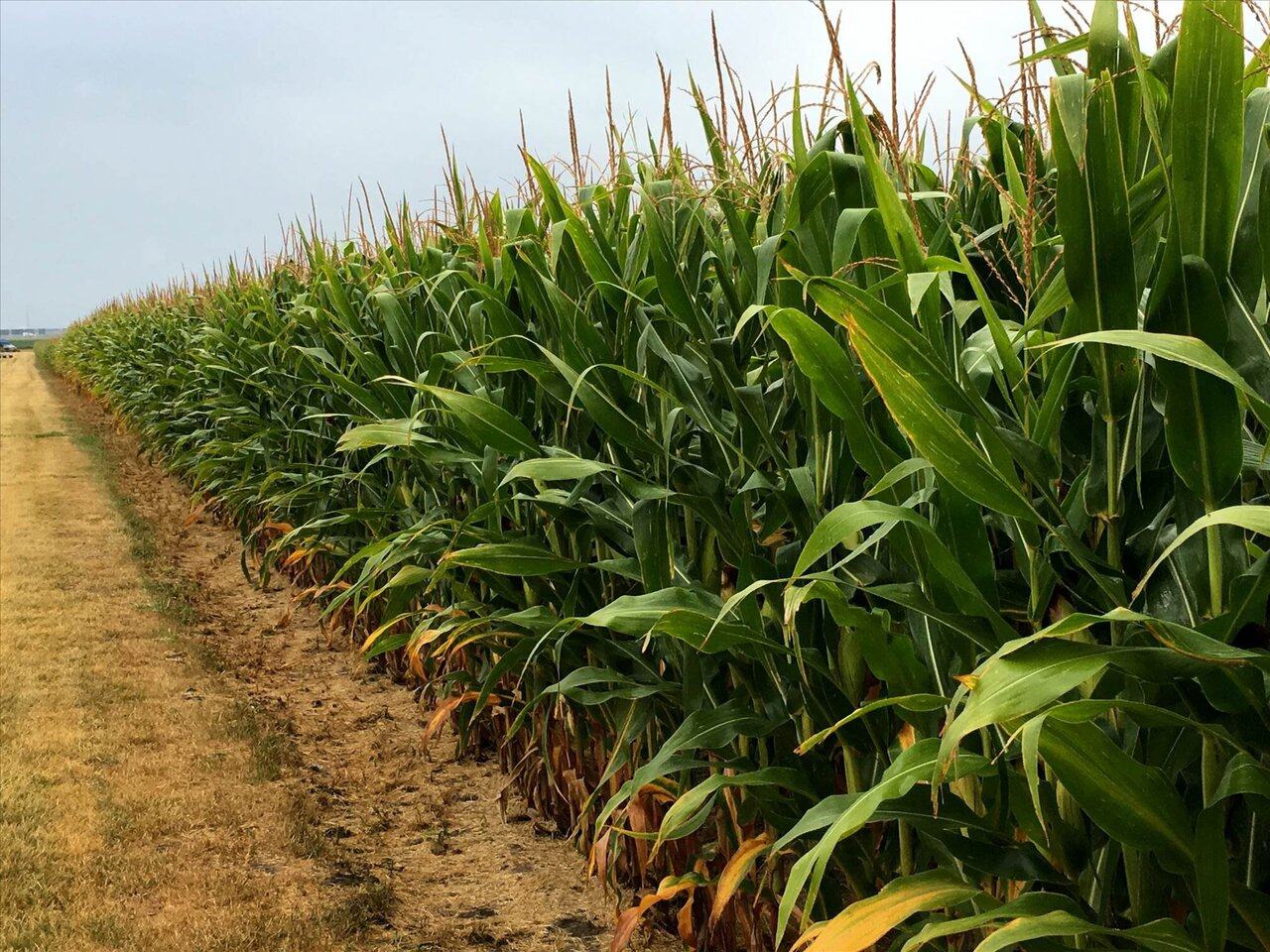
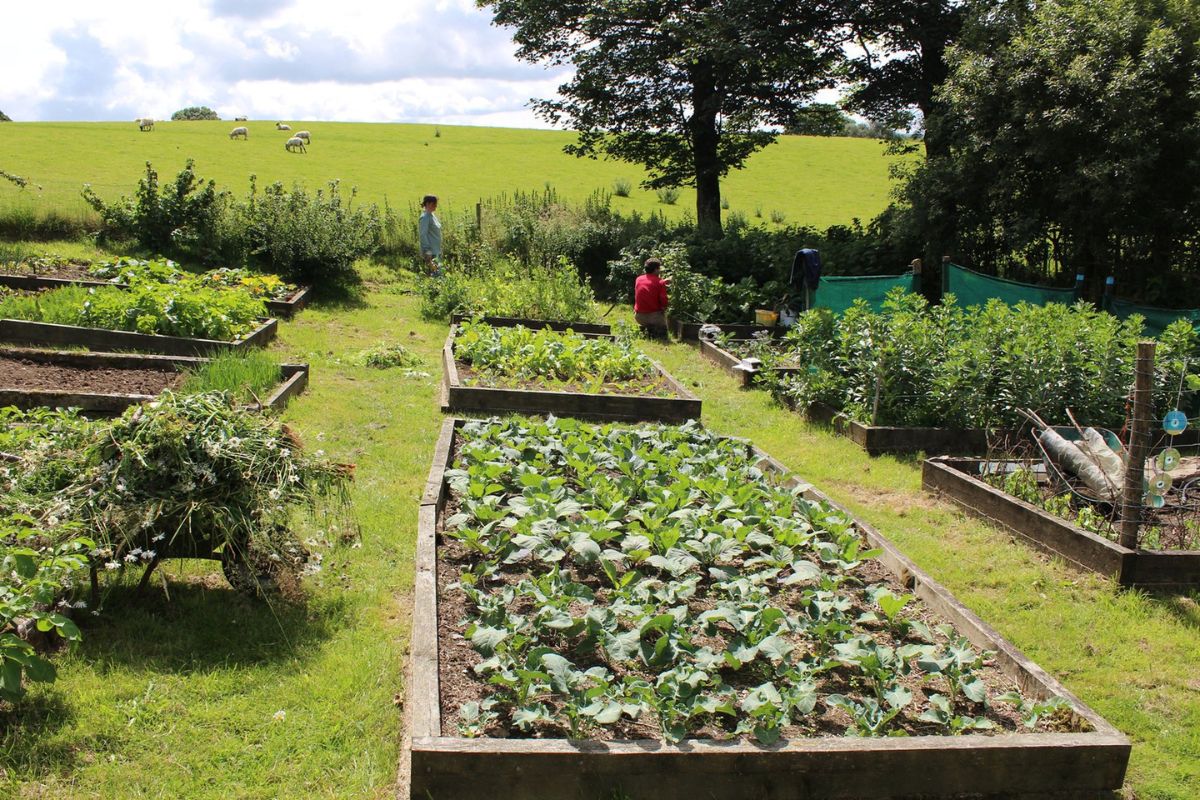

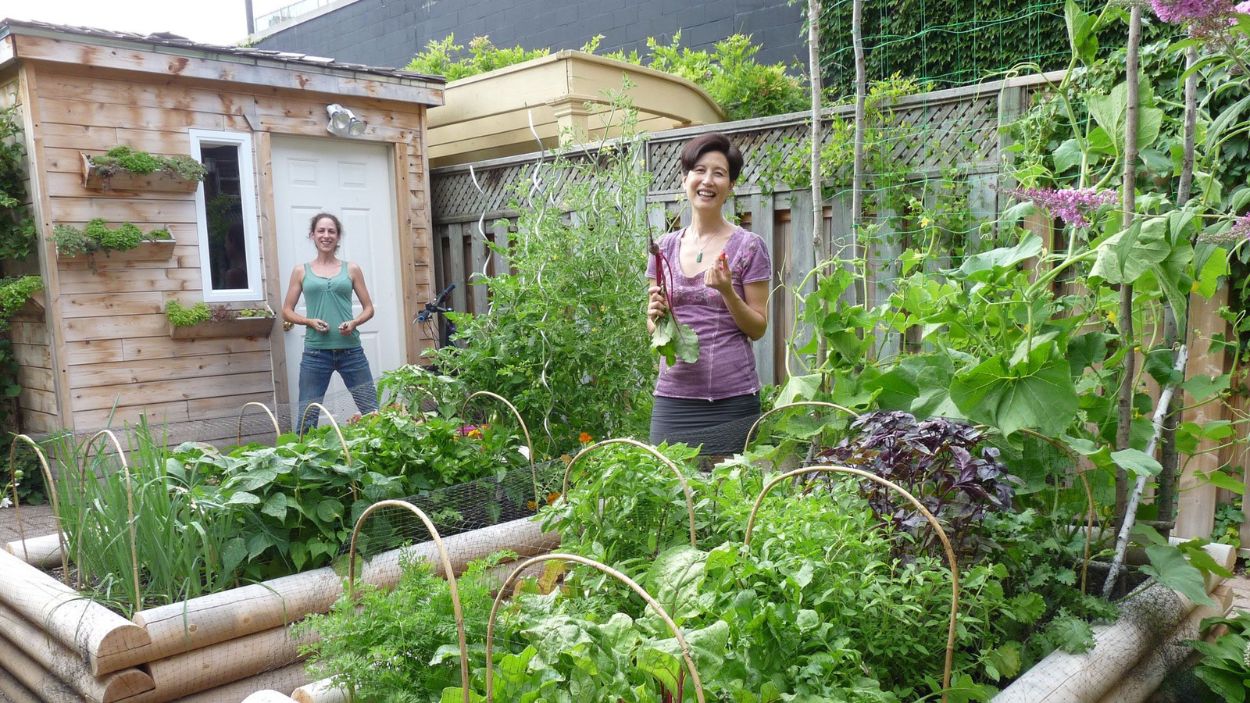
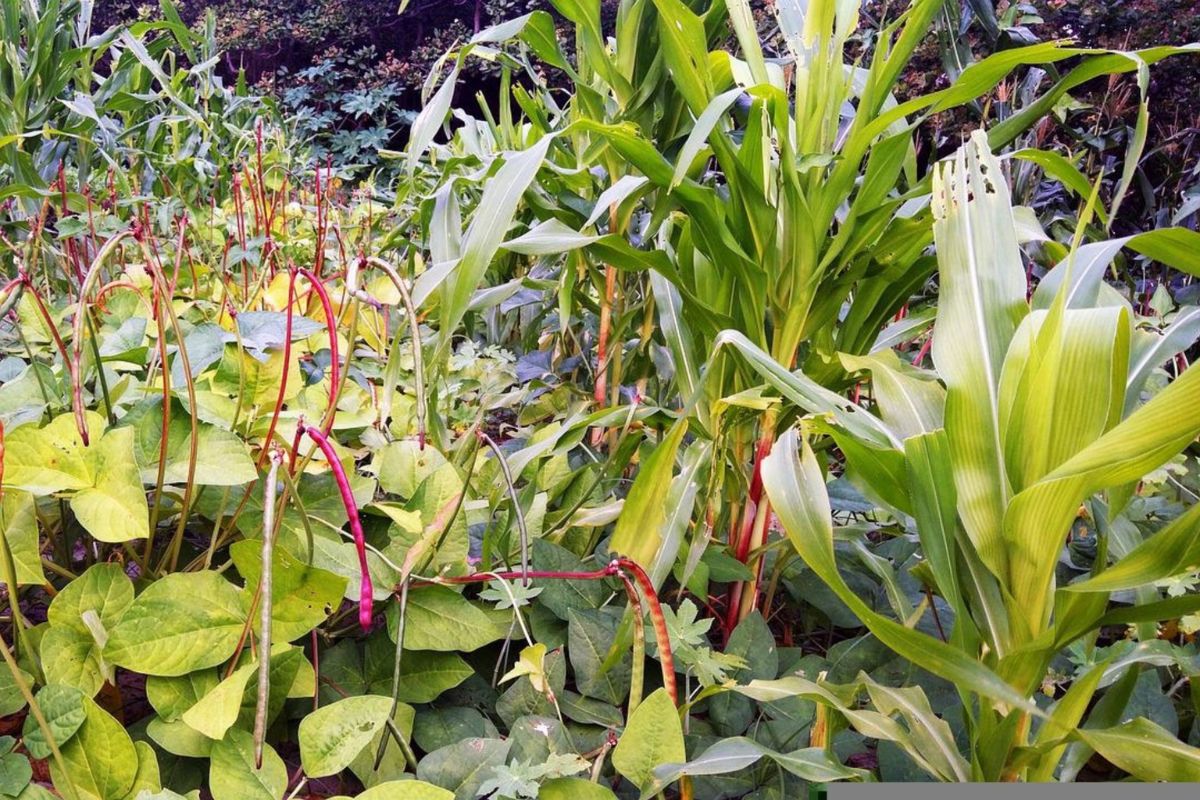
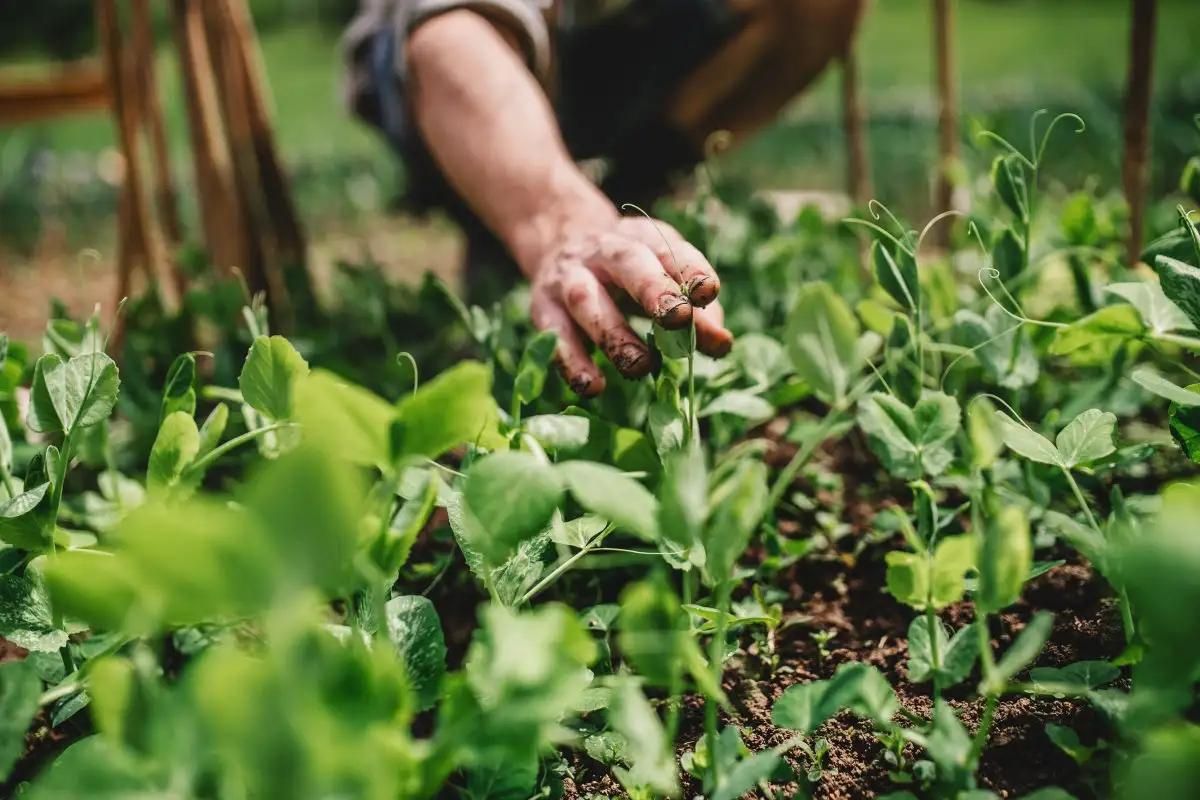

0 thoughts on “What Is The Role Of Leguminous Plants In Crop Rotation”